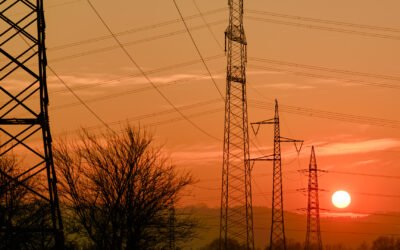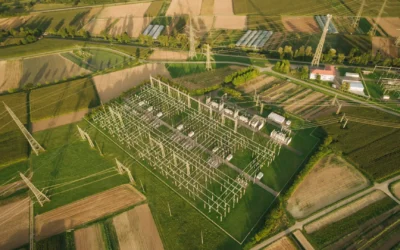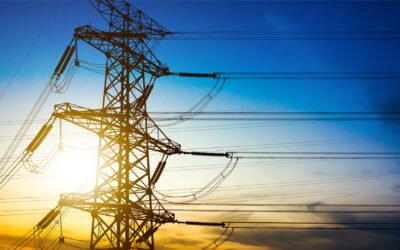• EV sales were impacted adversely in 2023 on account of various factors, including price disparity, consumer perception and supply chain challenges.
• Due to the shortage of lithium, EV battery prices rose in 2022, which led to an increase in EV prices.
• The reduction in EV sales led to a drop in EV production and an increase in the popularity of hybrid vehicles.
The electric vehicle (EV) market in terms of sales experienced rapid growth for several years however, the rate of EV sales experienced a slowdown in 2023 in comparison to previous years. The slowdown in sales momentum is evident through recent developments in the EV landscape and market conditions. This article highlights factors behind the slowdown, their consequences and potential positive developments in the EV market.
Factors Leading to Market Slowdown
EV sales were adversely impacted in 2023 due to various factors, including price disparity, consumer perception and supply chain challenges.
Price disparity and consumer perception
One key hurdle in EV adoption was the cost difference between EVs and ICE vehicles. According to multiple surveys of the EU population, both new and used EVs have higher average pricing than their ICE counterparts, with the former’s price being 30% higher. The pricing disparity has prompted a market slowdown.
Despite many EV units being sold in 2023 globally, some consumers are reluctant to transition to EVs because of a lack of knowledge about EV functions. Prospective EV customers show concern regarding battery electric vehicle (BEV) performance, especially in cold weather, and regarding maximum charging speeds. Moreover, limited progress in addressing range issues hinders, directly impacting EV adoption by customers.
Supply chain challenges
The price of EVs has fluctuated because of supply chain constraints. There is a major concern regarding sufficient supply of raw materials, mainly lithium and nickel. The shortage of lithium poses challenges to conveniently produce EV which hinders EV adoption. In order to meet this challenge, governments are enacting policies to support new lithium production projects and investors are eager to capitalize on mining, recycling, and alternative energy.
Due to these supply chain constraints, EV battery prices rose in 2022, which led to an increase in EV prices. Expensive EV vehicles made consumers reluctant to transition to EVs or delay the shift, which impacted EV adoption and manufacturers’ profitability.
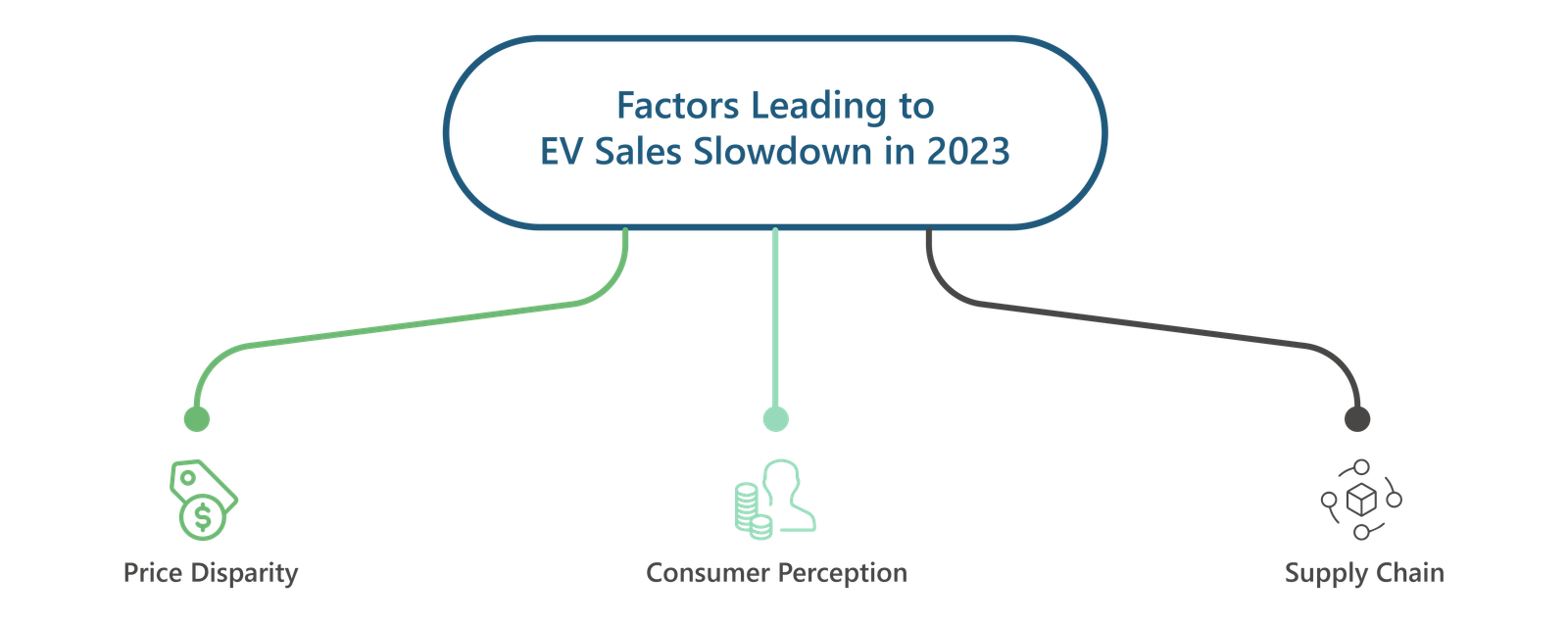
Figure 1: Factors Leading to EV Sales Slowdown in 2023.
Source: PTR Inc.
Consequences of Drop in EV Sales
The reduction in EV sales led to EV production cuts and an increase in the popularity of hybrid vehicles, which impacted the market outlook.
Manufacturer strategies and production cuts
Key industry players, such as General Motors and Ford, are adjusting their EV strategies in response to the market dynamics. General Motors has delayed the launch of the new Chevrolet Bolt EV and EUV until 2025, while Ford reduced production of its F-150 lightning electric pickup truck by 50% at the beginning of 2024. These decisions underscore the impact of the market slowdown on manufacturers’ plans and highlight a need for a recalibration of expectations.
Hybrid vehicles as an interim solution
An important trend amidst the EV slowdown is the increasing popularity of hybrid vehicles. Hybrid vehicles are emerging as a more affordable and accessible alternative for consumers who are not yet ready to embrace EVs. Industry insiders predict a “Goldilocks window” for hybrids until 2030, providing a middle ground between traditional ICE vehicles and zero-emission EVs. This shift in consumer preference suggests that manufacturers must balance their product plans as per consumer trends.
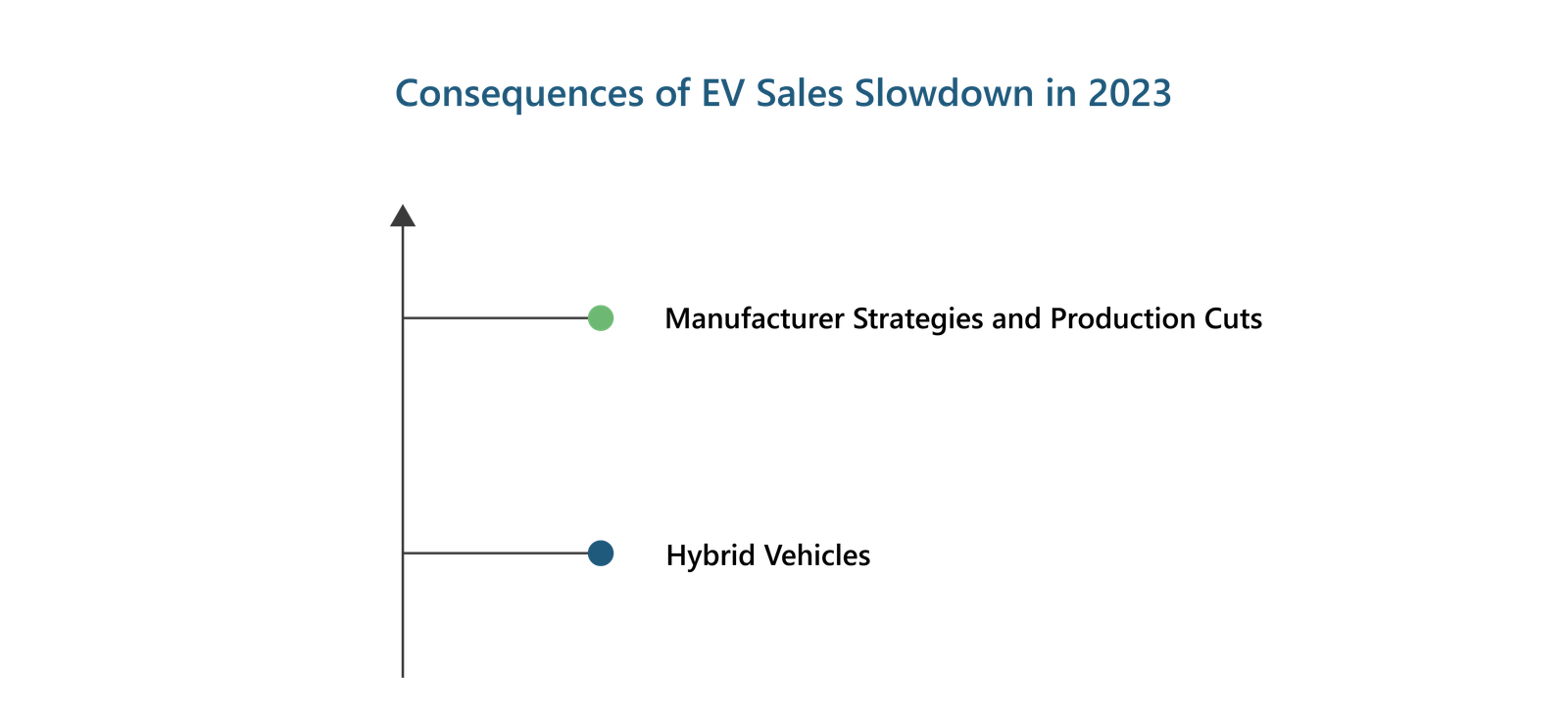
Figure 2: Consequences of EV Sales Slowdown in 2023.
Source: PTR Inc.
Positive Developments
Although EV sales have been slow lately, there are some positive developments that can speed up EV adoption again in 2024. There has been considerable investment around the world by investors who believe that EVs will lead the future of sustainability. Independent automaker companies are sticking with the decision to continue manufacturing EVs. For example, the new CEO of Toyota expressed a commitment to accelerate toward an all-electric future.
Some markets have done well with retaining their EV sales individually. This is because EV sticker prices achieved parity with ICE vehicles due to continued incentives from the government. In the US, the Inflation Reduction Act led to a wave of global investments in EV supply chains, including over 500 gigawatt hours of new battery cell manufacturing capacity outside China. Consequently, the US EPA raised its 2030 EV market share projection to 62%. Furthermore, the EU will eventually speed up the process of adopting EVs as it has passed the legislation to achieve zero carbon emissions from new vehicles by 2035.
Looking Ahead
Although the momentum of EV sales decreased in 2023, it is expected to pick up pace in the coming years. While challenges like pricing differentials and consumer hesitation persist, opportunities emerge in the form of evolving consumer preferences and a growing market for hybrid vehicles. Striking a balance between educating consumers, reducing pricing disparities, and adopting new production strategies will be critical for the EV industry to regain momentum and eventually achieve widespread adoption.
EV Charging Infrastructure Service Overview
The research presented in this article is from PTR's EV Charging Infrastructure market research. For information about this service please submit a request shown below.
Europe: +49-89-12250950
Americas: +1 408-604-0522
Japan: +81-80-7808-1378
GCC/Rest of APAC: +971-58-1602441
More About our: EV Charging Infrastructure Market Research
Recent Insights
US Elections: Consequences of a Second Trump Presidency for Energy Sector
The US is making strides to move away from fossil fuels and eventually decarbonize the energy sector. The White House aims to achieve 80% renewable energy generation by 2030 and 100% carbon-free electricity by 2035. On the other hand, for electric vehicles, it has set...
Sustainability Across Sectors: Highlights from GreenTech Festival 2024
Recently, I had the privilege to attend and present at the Greentech Festival, an excellent event in the realm of sustainability. This influential gathering left a profound impact, and I am delighted to share a comprehensive analysis of my experiences. The Greentech...
HVDC as the Backbone of Offshore Wind Expansion in the North Sea
This infographic discusses how the expansion of offshore wind in the North Sea will drive the HVDC market in Europe.HVDC as the Backbone of Offshore Wind Expansion in the North SeaKey Trends in the HVDC MarketOffshore wind will drive HVDC deployment in the North Sea,...
US Elections: Consequences of a Second Trump Presidency for Energy Sector
The US is making strides to move away from fossil fuels and eventually decarbonize the energy sector. The White House aims to achieve 80% renewable energy generation by 2030 and 100% carbon-free electricity by 2035. On the other hand, for electric vehicles, it has set...
Sustainability Across Sectors: Highlights from GreenTech Festival 2024
Recently, I had the privilege to attend and present at the Greentech Festival, an excellent event in the realm of sustainability. This influential gathering left a profound impact, and I am delighted to share a comprehensive analysis of my experiences. The Greentech...
HVDC as the Backbone of Offshore Wind Expansion in the North Sea
This infographic discusses how the expansion of offshore wind in the North Sea will drive the HVDC market in Europe.HVDC as the Backbone of Offshore Wind Expansion in the North SeaKey Trends in the HVDC MarketOffshore wind will drive HVDC deployment in the North Sea,...
Powering Europe’s Future: The Surge of Interconnected HVDC Networks
The European HVDC market is poised for significant growth as it aligns with the expansion of offshore wind projects. European countries are planning to add 70 GW of offshore wind. The European Commission has set forth ambitious objectives, aiming to double...
